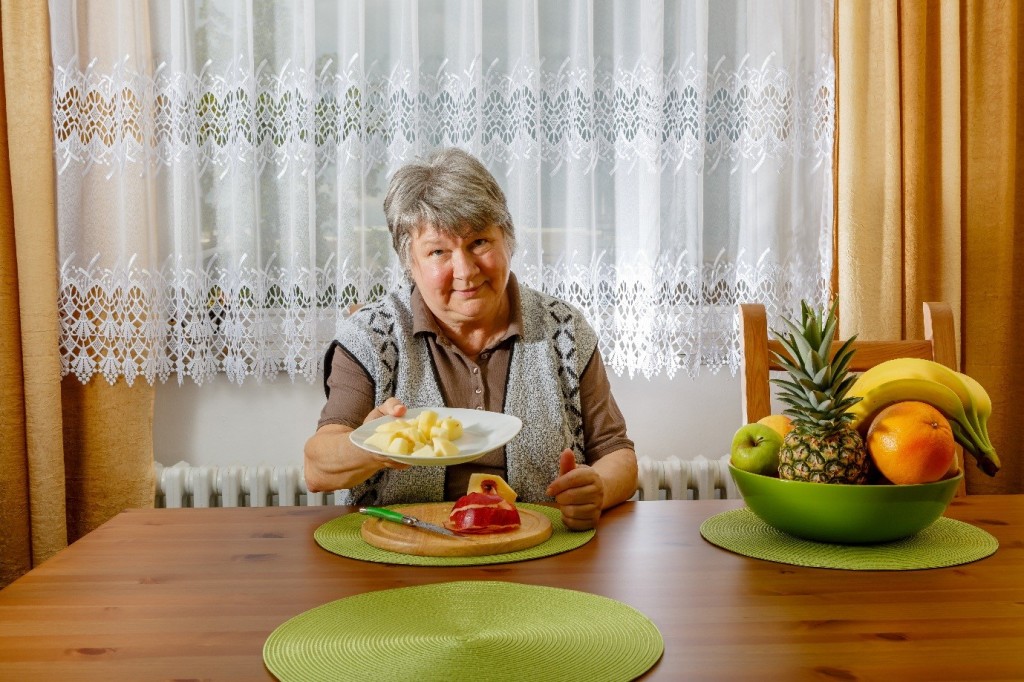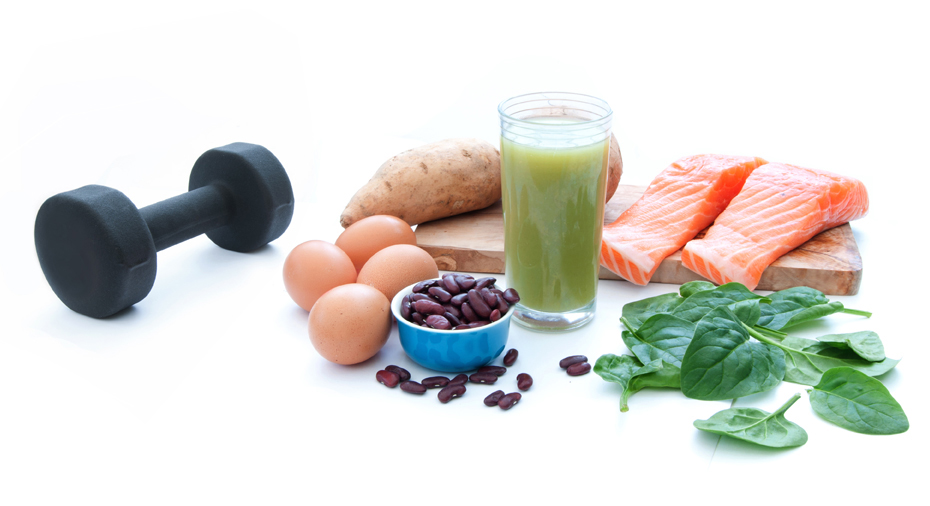Remarkable changes in body composition occur as people get older. For example, physiologic proteins are reduced, including proteins that make up blood components, immune bodies, or organ tissue. This can lead to poor wound healing, poor immune function, or loss of skin elasticity.

Another noteworthy change, however, is a reduction in total body protein. This leads to a progressive loss of skeletal mass, a phenomenon known as sarcopenia. This translates to poor mobility, lack of strength, and gradual loss of ability to carry out daily activities.
It comes as no surprise, then, that many experts agree that older adults need more protein than their younger counterparts. There is good, consistent evidence that higher protein intake in older age can reduce age-related muscle loss.
It was once believed that higher protein intake would lead to bone loss and would strain the kidneys, which would be detrimental for older people. Current studies, however, suggest that more protein benefits bone health. In fact, it is just as important for older people as getting adequate calcium or vitamin D. 1,2 (The only situation where it would be risky for older people to consume higher protein would be if suffering from kidney disease.3
Why do Protein Needs Increase?
It’s clear that muscle mass decreases with age. In fact, after reaching a peak in early adult years, skeletal muscle mass drops by 0.5-1% each year.3 The cause is multifactorial, though. Some possible factors that contribute to muscle loss include:
- Inactivity
- A poor diet (especially low protein intake)
- Changes in muscle metabolism and muscle fibers
- Oxidative damage
- Reduced response to nutrients
- Hormonal changes or a decreased response to hormones involved in muscle synthesis
In other words, during aging, the body’s physiology tends to resist building new muscle. Older adults tend to be less efficient at using amino acids for building muscle. Thus, the body experiences a loss of both muscle quantity and muscle quality. 4 This process tends to start around age 50. However, if inactive, muscle loss can begin much earlier.
How Does One Overcome The Loss?
The first solution is to get enough high-quality protein. Animal sources provide the highest quality protein, especially due to their leucine content. Leucine is an essential amino acid with functions beyond providing building blocks for protein. Leucine acts like a trigger to stimulate muscle synthesis.
An exceptional source of leucine is whey protein. Other sources of high quality protein include low-fat milk, Greek yogurt, cottage cheese, or eggs.
Another way to protect muscles during aging is regular physical activity, especially resistance exercise (such as pushups, lifting weights, etc). Exercise increases the efficiency of the intricate process of muscle protein synthesis.

How Much Is Enough Protein?
The RDA (recommended daily allowance) for protein is 0.8 g of protein/kg of body weight per day for all adults. As aforementioned, however, older adults have unique protein needs so protein recommendations for older people will vary. Thus, research shows the RDA may not be enough for older adults to gain and maintain muscle mass.5 In general, studies suggest that most people over 65 will benefit from taking about 1-1.3 g of protein/kg of body weight.6
Many experts would agree that timing your protein intake is just as important as getting enough of it. This can help maximize the body’s use of amino acids for building proteins.
Although “protein timing” may sound intimidating, it’s a fairly simple principle. The idea is to evenly distribute protein at each meal throughout the day, including snacks. A general rule of thumb would be about 25-30 grams of protein at each meal (and 2.5-2.8 g of leucine per meal).7
What About Senior Athletes?
What can be said about protein needs for older adults that are physically active into their senior years? The PROT-AGE study group recommends that older people involved in endurance and resistance-type exercises may even need higher protein intake, such as 1.2 or more grams of protein/kg body weight per day.7 These needs need to be individualized, safe, and well tolerated by the individual.
Meeting your protein needs is important at any age. High-quality protein is needed throughout life. The importance of dietary protein cannot be underestimated for older adults, though. It’s wise not to wait until old age to include adequate, high-quality protein in your diet. Get optimal amounts now for optimal health and for a smoother aging process.
A high-quality protein source rich in leucine and easy to incorporate into any meal or snack throughout the day is whey protein in its powdered form. It is convenient enough to sneak into smoothies, yogurts, and cereal. Stir it into cheese, nut butters, dips, creamy soups or sauces. It also is easier to digest and consume for older adults that may have trouble chewing or swallowing.
Gerry Morton is the CEO of EnergyFirst, holds an MS in Nutrition and is an experienced athlete who has competed in 30+ marathons and 4 Ironman triathlons. Gerry is an excellent source of information on nutrition, supplementation and exercise. EnergyFirst is known for offering the world’s best tasting, highest quality, all natural, premium nutrition products and cutting edge health education. Read his blog at blog.energyfirst.com.
References
1. Am J ClinNutr. 2008;87(5):1567S-1570S.
2. Am J ClinNutr. 2015;101(2):279-286.
3. Am J ClinNutr. 2008;87(5):1562S-1566S.
4. Front Physiol. 2012; 3: 260.
5. J Gerontol A BiolSci Med Sci. 2001 Jun;56(6):M373-80.
6. Nutrients. 2015 Aug; 7(8): 6874–6899.
7. J Am Med Dir Assoc. 2013;14(8):542-559
